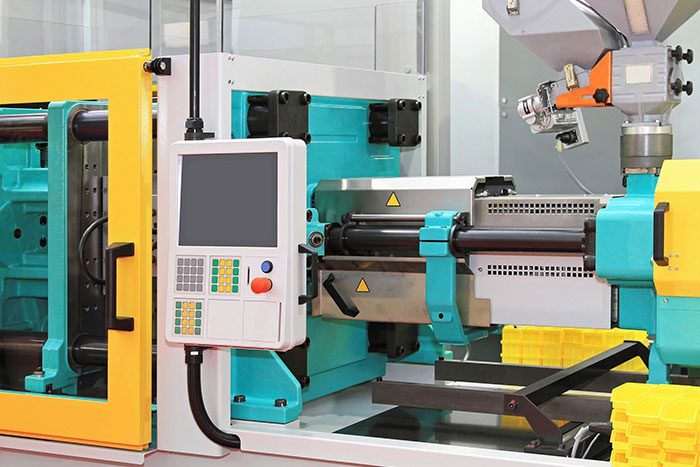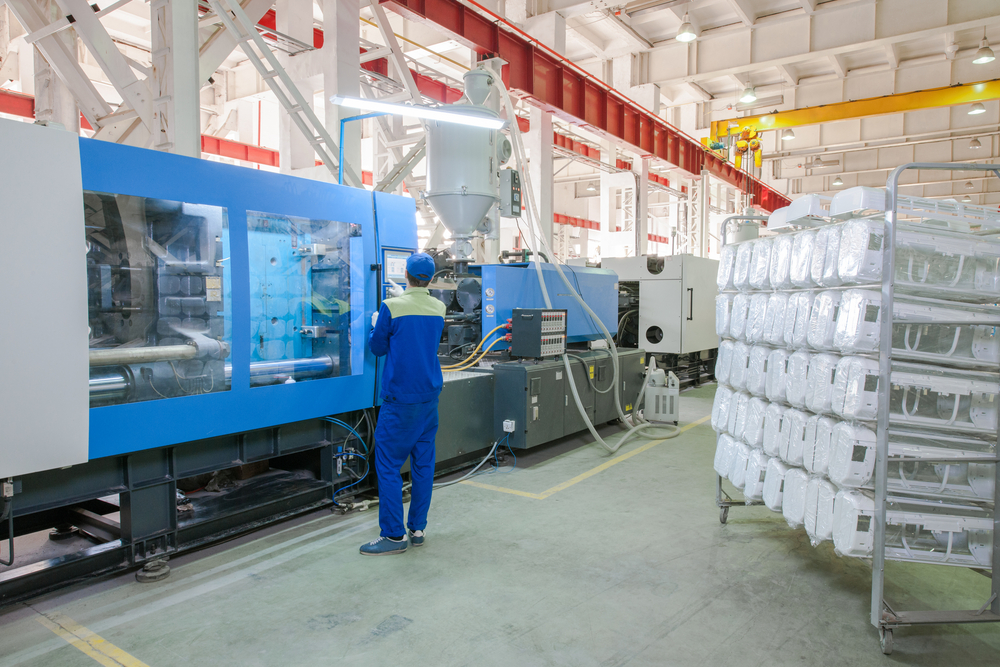The Future of Plastic Injection Molding: Technologies and trends to Enjoy
As the plastic injection molding industry advances, numerous key trends are arising that assurance to improve its landscape. Automation and wise manufacturing methods are readied to boost productivity, while the shift towards lasting materials reflects a growing ecological consciousness. Additionally, improvements in 3D printing are leading the way for extraordinary style adaptability. These innovations also bring forth difficulties that require careful factor to consider. Recognizing exactly how these elements will interact and influence future practices is crucial for stakeholders looking to navigate this transformative duration successfully.
Automation and Smart Production
As the plastic shot molding market develops, automation and smart manufacturing are taking center stage, changing production procedures - Plastic Injection Molding. The combination of innovative technologies such as robotics, IoT (Net of Points), and artificial intelligence is allowing manufacturers to improve performance, decrease functional costs, and boost product high quality. Automated systems streamline workflows, lessening hand-operated intervention and enhancing throughput, which is important in satisfying the rising demand for quick manufacturing cycles
Smart manufacturing modern technologies assist in real-time tracking and data evaluation, permitting business to optimize device efficiency and forecast maintenance needs. This proactive approach not just decreases downtime yet likewise expands the life-span of equipment. Furthermore, making use of collaborative robotics, or cobots, improves the versatility of assembly line, enabling workers and makers to run side-by-side safely and successfully.
The fostering of automation in plastic injection molding is not just a pattern but a strategic imperative for companies aiming to stay competitive in an international market. By utilizing these technologies, producers can achieve greater accuracy, reduce waste, and adapt swiftly to transforming consumer needs, positioning themselves for sustainable growth in a significantly automatic future.
Lasting Products and Practices
The push in the direction of automation and smart production has led the way for a better focus on sustainable materials and practices within the plastic shot molding sector. Business are increasingly looking for eco-friendly choices to standard petroleum-based plastics, leading to the adoption of recycled and bio-based materials. These sustainable products not only lower ecological impact however additionally align with customer need for greener items.

In addition, partnership in between manufacturers, material vendors, and ecological organizations is promoting advancement in the advancement of lasting products that meet performance standards without jeopardizing high quality. As guidelines around plastic usage end up being stricter, the industry is poised to adjust by accepting these lasting approaches, making certain long-term practicality and reducing reliance on non-renewable resources. The combination of sustainability into plastic shot molding is not simply a fad; it is coming to be a vital element of company obligation and functional quality.
Breakthroughs in 3D Printing
Recent improvements in 3D printing technology are dramatically changing the landscape of plastic injection molding. The integration of additive production processes permits the fast prototyping of complicated geometries that were impossible or once difficult to attain with conventional techniques - Plastic Injection Molding. This capacity not just accelerates product growth cycles yet additionally reduces product waste, straightening with the growing demand for sustainable manufacturing methods
Moreover, the appearance of crossbreed production methods, which incorporate 3D printing and shot molding, supplies makers the capability to develop complex designs while keeping the efficiency of mass manufacturing. This technique allows the manufacturing of personalized parts customized to specific consumer demands without compromising the rate and scalability that shot molding gives.
Additionally, advancements in materials, such as high-performance polymers and compounds specifically created for 3D printing, are enhancing the functional capacities of printed components. These products can stand up to higher stress and anxiety and show enhanced thermal buildings, making them suitable for more requiring applications.
As 3D printing remains to evolve, its integration into plastic official source shot molding processes promises to improve productivity, decrease prices, and foster technology in product layout, positioning manufacturers to better fulfill the difficulties of an affordable market.
Data Analytics and IoT Assimilation
Data analytics and the integration of the Net of Things (IoT) are transforming plastic shot molding by offering makers with unmatched insights right into their procedures. By leveraging real-time information accumulated from interconnected makers and sensing units, makers can keep track of performance metrics, identify inadequacies, and maximize manufacturing processes. This data-driven method facilitates anticipating maintenance, lowering downtime and prolonging devices lifespan.
Additionally, IoT combination enables improved quality assurance. By continuously tracking variables such as pressure, cycle, and temperature level times, suppliers can swiftly find variances from established parameters and make changes in real time. This not just enhances item consistency but additionally minimizes waste and scrap rates.
The blend of information analytics and IoT modern technologies likewise encourages producers to embrace more agile production methods. With accessibility to detailed information analytics, organizations can react to market demands with better versatility, changing production timetables and arrangements as required. This versatility is crucial in a rapidly changing production landscape.

Customization and Layout Adaptability
Exactly how can modification and design flexibility improve the competition of plastic shot molding? Modification allows suppliers to satisfy details client needs, suiting unique measurements, shapes, and functionalities that standard items might not fulfill.
Developments in style technologies, such as computer-aided layout (CAD) and fast prototyping, additional boost this fad. These devices make it possible for designers to develop complex patterns and intricate geometries, which can be effortlessly incorporated into the production process. Therefore, manufacturers can react promptly to changing customer choices and market read review needs.
Moreover, the execution of modular tooling systems improves layout flexibility, permitting quicker modifications in between different product layouts without substantial downtime. This adaptability can bring about lowered preparations and reduced production costs, making business much more agile and competitive. Eventually, accepting customization and design adaptability in plastic shot molding not only raises product offerings yet additionally reinforces market positioning in an ever-evolving landscape.
Final Thought
The future of plastic injection molding is defined by considerable advancements in automation, sustainable practices, and cutting-edge materials. The integration of IoT and data analytics will enhance operational effectiveness and anticipating maintenance. The fostering of recycled and bio-based products, alongside progression in 3D printing, will certainly foster sustainability within the sector. Customization with modular tooling and rapid prototyping will certainly enable makers to stay affordable and receptive to the dynamic needs of the market.

The future of plastic shot molding is characterized by significant developments in automation, sustainable methods, and innovative materials.
Comments on “The Effect of Plastic Injection Molding on Decreasing Manufacturing Expenses and Waste”